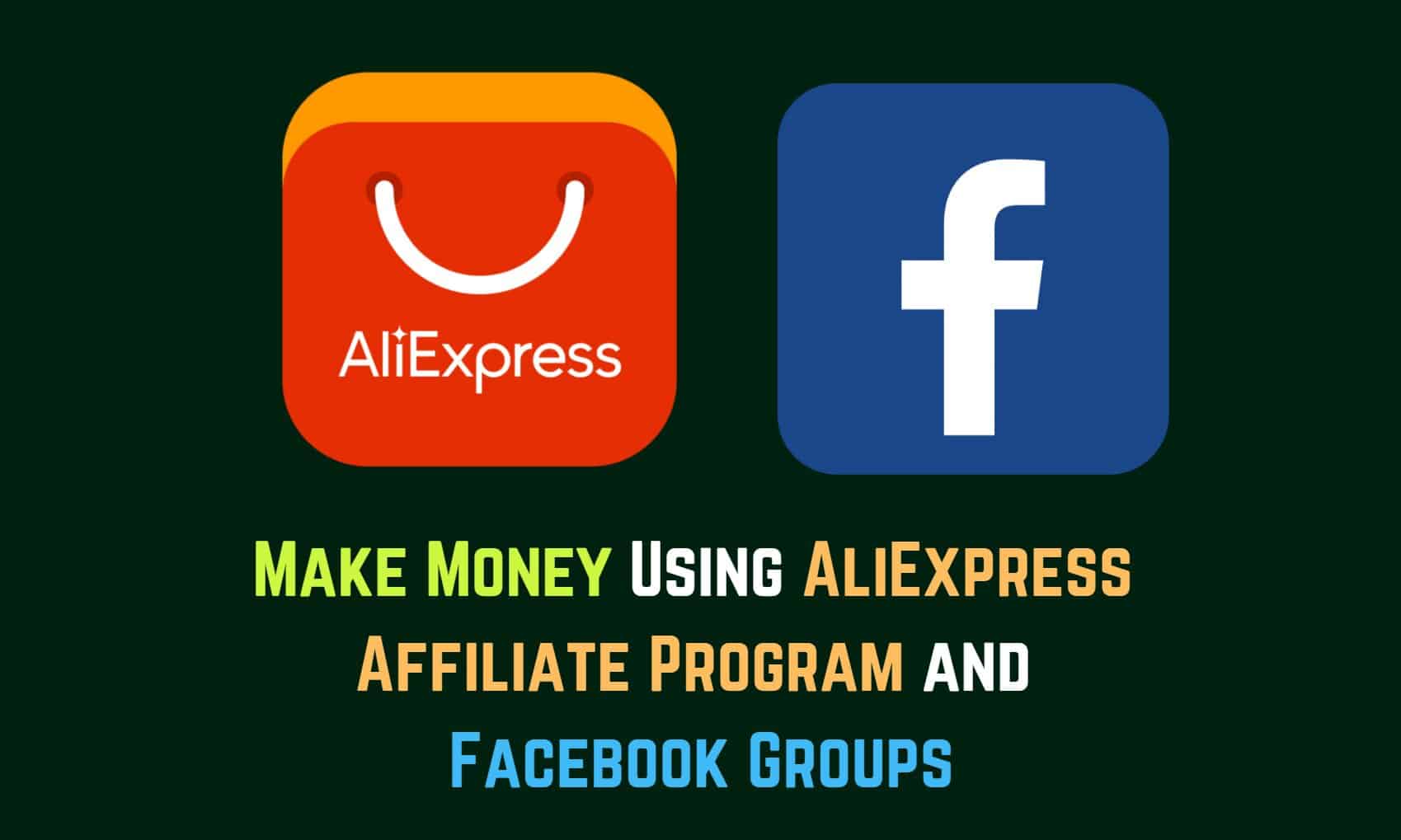College is expensive; there's no denying that. With the rising costs of college tuition, many students find themselves wondering if taking out a student loan is the right decision. After all, the reality is that many students haven't accumulated enough savings to cover college expenses independently. If you are contemplating attending a four-year college and unsure if you should take out a student loan, you're not alone.
To finance your education, you'll need to fill the financial gap that scholarships, grants, and personal savings can't cover. For some, this means turning to student loans. While you may still need to rely on unsubsidized student loans, it is essential first to examine if you qualify for subsidized loans, which offer better terms and lower interest rates. Factors such as family income and financial need will play a significant role in determining your eligibility for different loans.
This article will delve into the various aspects of obtaining a student loan, weighing the pros and cons, and helping you make an informed decision for your future.

Student Loan Options
If you’re considering taking out student loans, it’s important to exhaust federal financial aid options first. Federal loans come with borrower protections, and independent undergrads can borrow up to $57,500. However, it’s worth noting that the average monthly student loan payment is $393.
Private loans may have higher borrowing limits, but they lack benefits like income-driven repayment plans and loan forgiveness options. Qualifying for a private student loan typically requires good to excellent credit, while federal loans have fixed interest rates of 4.99%. It’s important to fully understand the terms and conditions of any loan before borrowing.
Additionally, scholarships and grants do not need to be repaid, and attending a community college first or looking for low-cost colleges and universities can also help pay for college without incurring student debt.
Opt for Federal Loans
When considering funding for college, you’ll want to know about taking a federal loan. Federal loans offer borrower protections and fixed interest rates, making them a safer option for those looking to attend college without taking on excessive risk.
With subsidized loans, interest doesn’t accrue while in school, and there’s a six-month grace period before the first loan payment is due.
Dependent undergrads are limited to $31,000 in federal loans, while independent undergrads can borrow up to $57,500.
Before considering a private loan, exhaust all federal loan options first. With federal loans, the school handles loan payment after signing a master promissory note, and loan money can only be used for education-related expenses. The federal government pays out in student loans varies each year based on the number of students who apply for and are granted loans, as well as the specific amounts that each student is eligible to receive.
Loan forgiveness programs are available for certain professions, making federal loans a smart choice for those looking to pay off their student loans in the long run.

Students who take Private Loans
You don’t want to risk your financial future by ignoring the drawbacks of private loans when considering loans to pay for college.
While they may seem like a quick fix, private student lenders often require a credit check and good to excellent credit for qualifying. They also come with variable interest rates, limited borrower protections, and no income-driven repayment plans or loan forgiveness options.
Before deciding to take out a student loan, be sure to exhaust your federal loan options first and understand the terms and conditions of any loan.
It’s important to have a solid income and high credit score to potentially score a lower interest rate with private lenders, but remember that private loans can have potentially devastating consequences if you’re unable to make payments.
Borrow Only What You Need
To avoid unnecessary debt, it’s crucial to assess your college expenses and only borrow what is needed. Remember that student loans need to be repaid with interest, and borrowing more than necessary can lead to a longer repayment period and higher overall debt.
Consider all of your options for covering the cost of college education, such as scholarships, grants, and federal financial aid, before turning to private lenders. The federal government offers competitive fixed interest rates and flexible repayment options, while private lenders may have higher interest rates and fewer borrower protections.
By borrowing only what you need, you can make college more affordable and set yourself up for financial success after graduation.
But before you take out a student loan, it's essential to do your research and understand the implications. Here are a few things to consider:
- Take out only what you need and can reasonably repay
- Exhaust federal financial aid options before considering private loans
- Keep loan payments at around 10% of projected after-tax monthly income.
- Future earnings should be considered when deciding how much to borrow.
- The loan servicer should be contacted before the first bill arrives.
- Loan repayment plans and forgiveness differ between federal and private loans.
Interest Rates
Looking for ways to make college more affordable? Well, let’s talk about interest rates on student loans. They may seem like small detail, but they actually play a critical role in determining the overall cost of your loans.
As an undergraduate student, you have the option of federal and private loans, both of which have different interest rates. It’s important to consider your financial need and repayment plan when deciding which option to go with.
Remember, taking out too much in loans may mean years of repayment and delay in other life goals. So, when considering taking out a student loan, be sure to understand the interest rates and reasons not to take on too much debt.
Loan Amount
If you’re considering financing your college education, it’s important to understand the loan amount you’ll need to cover the cost of tuition and other expenses.
Many students use student loans to pay for college costs, but it’s crucial to be mindful of the total student debt you’ll be taking on.
Before taking out student loans, calculate your monthly student loan payments and consider other ways to pay for college, such as scholarships, grants, and work-study programs.
It’s important to remember that students who take out student loans must repay the loans even if they don’t graduate, and loan repayment could last decades and delay or even prevent other life and financial goals.
However, if you exhaust all federal financial aid options first and understand the terms and conditions of your student loans, borrowing for college can be a valuable investment in your future career and earning potential.

Credit Score
Your credit score plays a crucial role in determining whether you can secure favorable loan terms when taking out student loans. A good credit history can help you get lower interest rates and better repayment options.
It’s essential to maintain a good credit score to make the most of private loans, which are usually based on credit score and income. Federal loans, on the other hand, don’t require a credit check, but subsidized loans are only available to those who demonstrate financial need, and unsubsidized loans have higher interest rates.
Remember that your loan payment will depend on the type of loan you take out, and loan forgiveness options are only available for federal loans. So, keep an eye on your credit score and make sure you maintain a good credit history to make the most out of your student loan options.
Cost of College
The cost of college can be daunting, but don’t let it stop you from pursuing your dream of higher education.
There are options available to help pay for school, such as federal and private student loans. While federal loans come with borrower protections and lower fees, private loans may have higher borrowing limits and lower interest rates for those with good credit.
Keep in mind that loan funds must be used for education-related expenses and loan fees will apply. However, with careful planning and consideration, taking out a student loan can be a smart investment in your future.
Money for College
Looking for ways to finance your college education? There are a variety of options available to help you cover the cost, from scholarships and grants to federal and private loans. While taking out student loans may seem daunting, it’s important to remember that many students choose to attend college with the help of loans.
Plus, there are options for loan forgiveness and income-driven repayment plans. Before taking out any loans, exhaust all federal financial aid options first, as they offer borrower protections and generally more support than private lenders. Additionally, consider other ways to pay for college, such as low-cost colleges, community college, and work-study programs.
Remember to project your total student debt-load with salaries in your desired field, and make sure to understand all loan terms and conditions before borrowing.
Loan Repayment
After graduating from college, paying off student loans can feel like a never-ending uphill battle, but don’t let that discourage you. With careful planning, budgeting, and a bit of patience, you can manage your student loan payment and eventually see the light at the end of the tunnel.
Remember to exhaust all federal financial aid options before considering private student loans, and make use of income-driven repayment plans and loan forgiveness programs. Don’t be afraid to contact your loan servicer if you’re having trouble making payments, and explore other ways to pay for college, such as scholarships, grants, and work-study programs.
Stay focused, stay motivated, and stay on track to achieve your financial goals.

Student Loan Interest
When you take out student loans, it’s important to remember that you’ll be paying loan interest rates and the loans have limits. This interest can add up quickly, especially if you don’t make payments while you’re still in school.
However, there are ways to manage the interest and ultimately reduce your total student debt. Consider taking advantage of income-driven repayment plans and loan forgiveness programs, as well as maximizing your use of federal direct loans before turning to private student loans.
Additionally, explore other ways to pay for college expenses, such as scholarships and work-study programs. By being proactive and informed about your options, you can make smart choices about borrowing for college and minimize the impact of student loan interest on your finances.

Maximizing Federal Loans
Maximizing federal loans can be a smart way to minimize the impact of student loan debt. With federal student loans, independent undergraduates can borrow up to $57,500, while dependent undergraduates have a limit of $31,000. Subsidized loans don’t accrue interest while in school, and federal loans come with borrower protections and income-driven repayment plans.
By taking advantage of these benefits, you can better manage your student loan payment and potentially qualify for student loan forgiveness in the future. Make sure to exhaust federal financial aid options first before considering private loans. Don’t forget to contact your loan servicer if you need help with repayment.
By understanding the loan limits and maximizing federal loans, you can ultimately repay student loans with greater ease and financial security.
Fixed Interest Rates
To ensure greater financial stability, it’s advisable that you consider federal loans with fixed interest rates instead of private loans when seeking to finance your college education. Student loans may be daunting, but by choosing federal loans with fixed interest rates, you can more easily plan for your future and avoid the uncertainty of variable rates.
Repaying your student loans can be stressful, but with fixed interest rates, you can rest assured that your monthly student loan payment will remain consistent throughout your repayment period. Direct loans offer competitive interest rates, and the borrower protections they offer are unmatched by private lenders.
Don’t be tempted to take out private loans, which often come with higher interest rates and fewer borrower protections. By choosing federal loans with fixed interest rates, you can confidently finance your education and pave the way for a successful future.

Borrower Protections
If you’re considering financing your education, it’s important to know that federal loans come with borrower protections, including options for deferment and forbearance. Did you know that over 50% of borrowers don’t know about these protections, according to a survey conducted by NerdWallet?
Don’t be one of them. Federal loans offer subsidized loans, income-driven repayment plans, and loan forgiveness options, all designed to help you manage your total student debt. Plus, federal loans require a lower loan fee than private loans and are a safer choice for borrowers who may not have a solid income or high credit score.
Take advantage of these borrower protections and make sure you fully understand the terms and conditions of your federal loan before signing the master promissory note.

Alternative Funding Options for College Tuition
Now that you know about borrower protections for federal student loans, it’s important to consider alternative funding options before deciding to take out a loan.
Many students use student loans to pay for college, but there are other ways to pay for tuition and expenses. Federal student loans should be exhausted first before considering private loans.
However, if students still need to borrow money for college, there are alternative funding options such as scholarships, grants, and low-cost colleges and universities. Attending a community college first can also help save money.
It’s important to explore all options before deciding to take out a loan.
Conclusion
Congratulations, you’ve made it to the end of this article! Now that you have a better understanding of student loans, it’s time to make a decision.
Remember, taking out a student loan can be like planting a seed – it may take time and effort to grow, but it can ultimately lead to a bountiful harvest of opportunities. However, like any seed, it requires careful attention and nurturing to ensure its success.
If you do decide to take out a student loan, make sure to borrow only what you need and explore all options, such as Federal loans and private loans, to find the best fit for your situation.
Keep in mind the interest rates and borrower protections, and don’t be afraid to ask for help if you need it. And if you ultimately decide to pursue alternative funding options, such as scholarships, grants, or work-study programs, that’s great too!
In the end, the choice is yours. Trust yourself and your abilities, and know that whatever path you choose, you have the power to create a bright and successful future.
So go forth with confidence, like a seedling bursting through the soil, and let your dreams take root and grow.
Frequently Asked Questions
What is the difference between a federal student loan and a private student loan?
A federal student loan is a loan that is funded by the federal government. These loans typically offer lower interest rates, more flexible loan payment options, and better borrower protections. They are meant to help students pay for college and should generally be considered before resorting to private student loans. To apply for a federal loan, you will need to submit the Free Application for Federal Student Aid (FAFSA). A private student loan is provided by a private lender like a bank or credit union. These loans usually have higher interest rates and less favorable repayment terms compared to federal loans. Some private loan providers may require a credit check, co-signer, or proof of income for approval. In most cases, it is recommended to first explore federal aid options before considering private loans to pay for college.
How do I know if I should take out a student loan?
Deciding whether to take out a student loan depends on your individual financial situation and goals. Firstly, consider the cost of college education and the amount of tuition to be paid. Evaluate your family's resources and available financial aid, including scholarships and grants. If you still need funds to cover your college expenses, you might consider taking out a loan. Federal loans should be your first choice, as they offer better terms and repayment options. Only consider turning to private loans offered by private entities if you've exhausted your federal aid opportunities.
How will student loans affect my future credit score?
Your credit score is influenced by various factors, including your payment history, the amount of debt you have, and your credit history. Having a student loan payment that is consistently on time and managed responsibly will positively impact your credit score. However, missing payments or falling behind can lead to late payment fees and may negatively affect your credit score.
How do student loan forgiveness programs work?
Student loan forgiveness programs are designed to relieve borrowers from their student loan debt after meeting specific eligibility requirements. One example is the Public



























